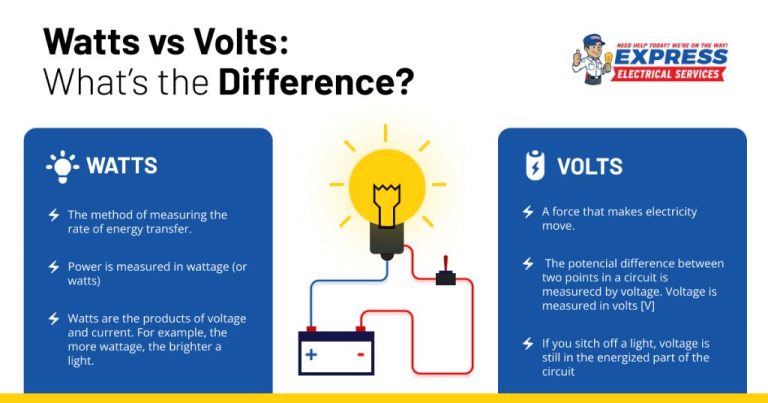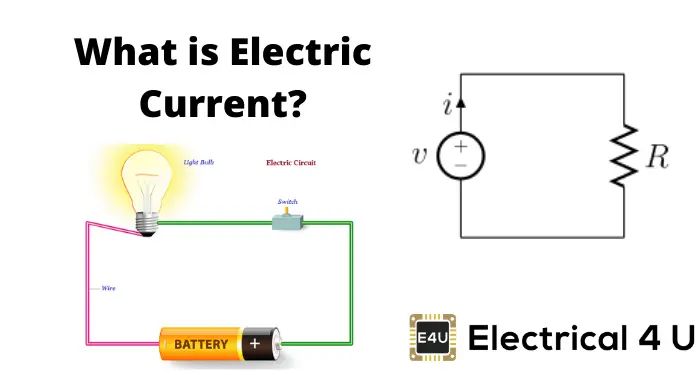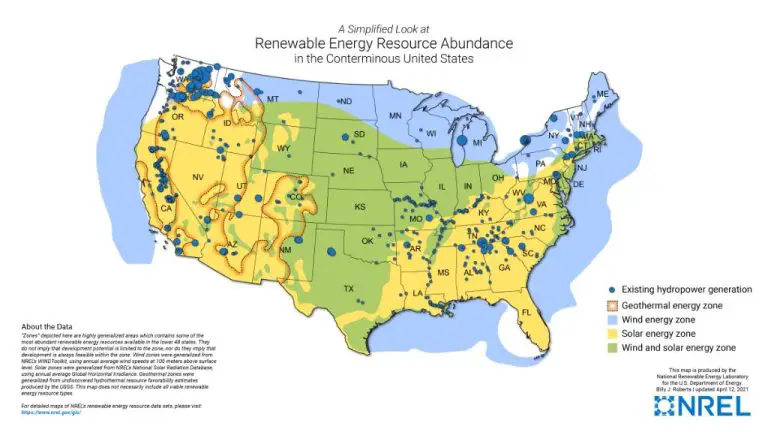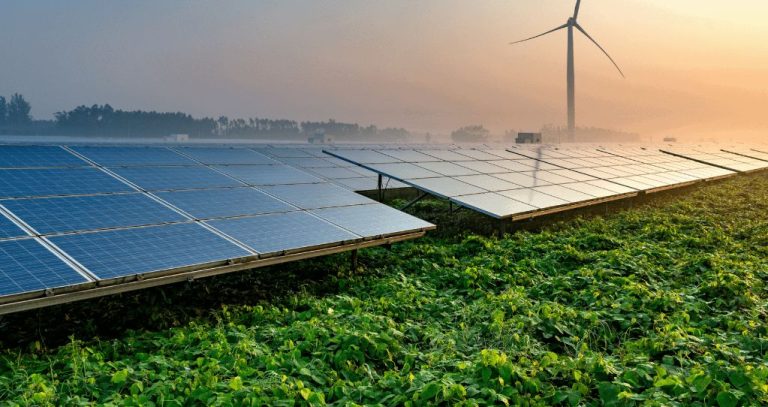What Are The Problems With Nuclear Power?
Safety Concerns
Nuclear power plants carry inherent risks due to the radioactive materials involved. While safeguards are in place, accidents can still occur with potentially severe consequences. Major nuclear accidents like Chernobyl and Fukushima have caused radioactive contamination over large areas, forcing evacuations and having long-term health effects on the population.[1]
Even when plants operate normally, they generate radioactive waste that must be safely stored for thousands of years. Exposure to radiation can increase cancer risks and cause birth defects and other health problems.[2] Proper accident response plans must be in place to protect surrounding communities in the event of an emergency. Overall, the unique safety risks posed by nuclear power must be carefully managed.
High Costs
The costs of building, operating and decommissioning nuclear power plants are significant barriers for the economics of nuclear energy. Nuclear plants are far more expensive to construct than other common electricity generation sources.
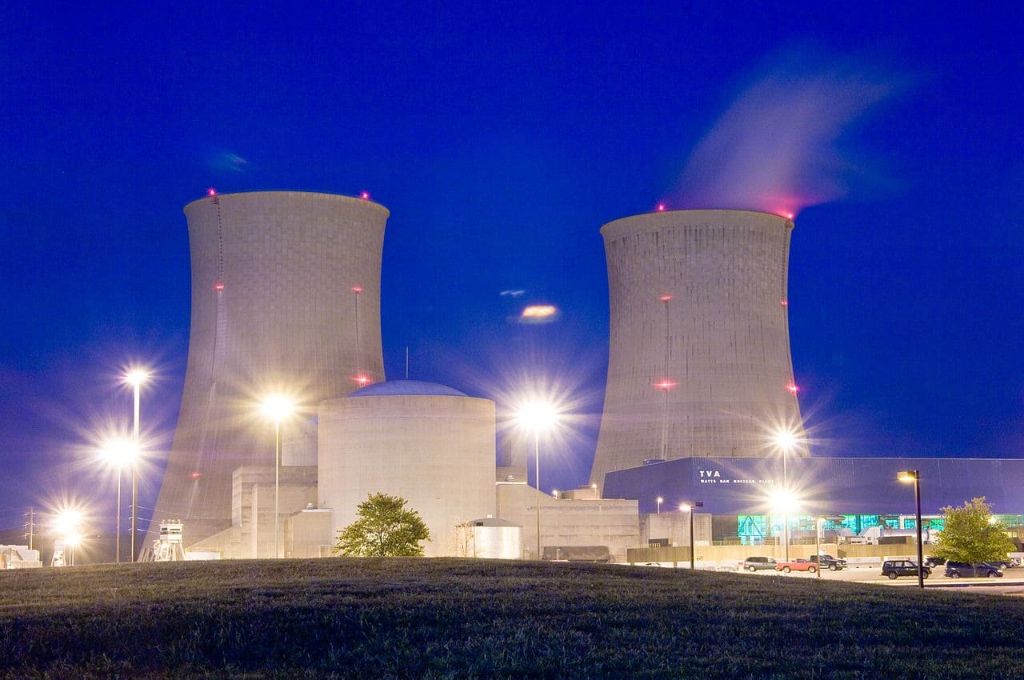
According to the World Nuclear Association, the typical overnight cost of building a large nuclear reactor is around $6 billion per 1,000 megawatts of capacity, which is substantially higher than building other types of power plants [1]. Coal or gas-fired plants of similar scale can cost around $1 billion to build.
There are also high costs associated with safety precautions, complex nuclear reactors and systems, required backup power systems and high security needs for nuclear plants. The extreme complexity of nuclear power plants also often leads to construction delays and massive cost overruns.
For example, the Vogtle nuclear plant in Georgia had an original budget of $14 billion but ended up costing $28 billion due to delays and overruns [2]. High costs and overruns are common issues in the nuclear industry.
At the end of their lifespan, decommissioning nuclear reactors also costs hundreds of millions of dollars per plant. The full process can take decades due to the high levels of radiation that must be contained and stored safely.
Nuclear Proliferation
Nuclear proliferation refers to the spread of nuclear weapons, fissile material, and weapons-applicable nuclear technology and information to nations that do not already possess them.
There are concerns that more countries acquiring nuclear weapons could increase the chances of nuclear war or nuclear terrorism. The more nuclear materials are present, the greater risk that they can fall into the wrong hands or be accidentally detonated. According to the World Nuclear Association, countries like North Korea and Iran pursuing nuclear capabilities against international norms cause instability in their regions.
Historically, the Nuclear Non-Proliferation Treaty has aimed to prevent the spread of nuclear weapons and promote peaceful nuclear energy programs. However, some countries like India, Pakistan, and Israel have not signed the treaty and developed nuclear arsenals. North Korea withdrew from the treaty in 2003.
Ongoing efforts are needed to limit proliferation through export controls, sanctions, and negotiations. But motivation for countries to obtain nuclear weapons persists due to regional conflicts, prestige, and national security concerns.
Radioactive Waste
One of the major problems with nuclear power is that it produces radioactive waste that remains dangerous for thousands of years. There is no permanent disposal site for high-level radioactive waste in the United States or in most other countries, so the waste accumulates on the grounds of nuclear power plants.
According to the World Nuclear Waste Report, around 20 percent of the world’s nuclear waste (0.5 million cubic meters) has been stored waiting for final disposal, and this amount grows each year. A research paper from the International Atomic Energy Agency states that from 1954 to 2016 approximately 390,000 tonnes of spent nuclear fuel was generated globally, with no permanent disposal solution.
Water Pollution
Nuclear power plants rely on water for cooling which can lead to thermal pollution. Thermal pollution is the rise in temperature caused by the use of water as a coolant by nuclear power plants. According to research by B Clark, nuclear power plants discharge large volumes of heated water to rivers, lakes and oceans. This discharge can increase the temperature of the body of water, harming aquatic life that relies on specific temperature ranges.
Nuclear reactors also produce radioactive tritium through fission reactions. Tritium can enter water sources through routine leaks and emissions from nuclear power plants. According to the U.S. Energy Information Administration, an uncontrolled nuclear reaction could also contaminate air and water. Radioactive waste water must be carefully filtered and contained to limit environmental impacts, but contamination events have occurred, highlighting risks involved with nuclear power.
Accident Preparedness
A major concern with nuclear power plants is the effectiveness of evacuation plans in the event of an accident. Studies have found issues with evacuation plans in place around nuclear plants, questioning if timely and successful evacuation would be possible in a real disaster scenario.
A 2021 critical review of past nuclear accidents found that evacuation plans often underestimate logistical challenges, time required, and public willingness to evacuate (https://www.sciencedirect.com/science/article/pii/S0160412021000039). For example, after the Fukushima disaster, the initial evacuation zones were found to be inadequate, needing expansion from 10km to 30km radius.
Another study on nuclear evacuation planning suggested that drills and education are not sufficient to guarantee successful evacuation in a real emergency. Areas for improvement include transportation logistics, coordination across government agencies, and public communication (https://www.jstor.org/stable/24536668).
Overall, there are legitimate concerns that evacuation plans on paper may prove insufficient in practice, putting nearby populations at undue risk in the event of a nuclear accident.
Terrorism Risk
Nuclear power plants could be potential targets for terrorist attacks, posing security risks. Terrorist groups may attempt to infiltrate nuclear facilities, gain unauthorized access, or launch an outside attack. There is concern that terrorists could sabotage a plant or steal nuclear materials to create a dirty bomb. According to a report by the National Academies, “Terrorist attacks may be most likely to occur during certain phases of a plant’s operating cycle.”1 Plants require stringent security measures and training programs to protect against attacks. Additional fail-safes and contingency plans for emergency situations are also critical. While the possibility of a successful attack is low, the consequences could be catastrophic. Terrorism risk continues to be an ongoing security challenge for the nuclear industry.
Centralized Power
Nuclear power plants provide large amounts of electricity from a centralized location. This reliance on large, centralized power plants makes the electrical grid more vulnerable. If a nuclear plant goes offline, it can impact a large area that depends on its steady and reliable power output (EPA). Furthermore, nuclear plants do not allow for decentralized or distributed power generation from renewable sources like rooftop solar panels or local wind turbines. This centralized model concentrates risk and lacks resilience compared to a more diversified and decentralized energy portfolio.
Alternative Energy
Perhaps the greatest argument against nuclear energy is the availability of cost-competitive alternative energy sources, like wind and solar. According to Change Oracle, wind and solar power have become much less expensive in recent years. In many places, they are now more affordable than nuclear power.
A report from Lazard found that renewable energy sources like wind and solar now cost an average of $40 per megawatt-hour, while nuclear energy costs $175 per megawatt-hour. As EnergySage points out, it costs less than $1,000 per kilowatt to build utility-scale solar, but several times that for comparable nuclear capacity.
Wind and solar technologies are also scalable and quick to build. Small distributed generation projects can be brought online relatively fast, whereas nuclear plants are very large, centralized facilities that take many years to construct. With renewable energy costs continuing to fall, many experts argue the focus and investments should shift towards truly sustainable options like wind and solar rather than nuclear power.
Public Opposition
Nuclear power has faced significant public opposition, especially in the 1970s and 1980s. The anti-nuclear movement protested the construction of nuclear power plants through large demonstrations and civil disobedience campaigns. Major anti-nuclear groups like Friends of the Earth and Greenpeace spearheaded efforts to stop the expansion of nuclear power.
Some of the largest anti-nuclear demonstrations occurred at the Seabrook Station nuclear plant in New Hampshire, Diablo Canyon Power Plant in California, and Three Mile Island in Pennsylvania after the 1979 accident there. Hundreds of protestors were arrested during non-violent blockades trying to prevent construction and operation of these plants.
Highly publicized nuclear accidents like Three Mile Island, Chernobyl, and Fukushima Daiichi amplified public fears about nuclear technology and galvanized the anti-nuclear movement. Public opposition has made it difficult to build new nuclear reactors in many countries, including the United States.
According to a 2021 Gallup poll, 49% of Americans now favor nuclear power while 46% oppose it. However, strong opposition remains in some communities targeted for new nuclear facilities.


